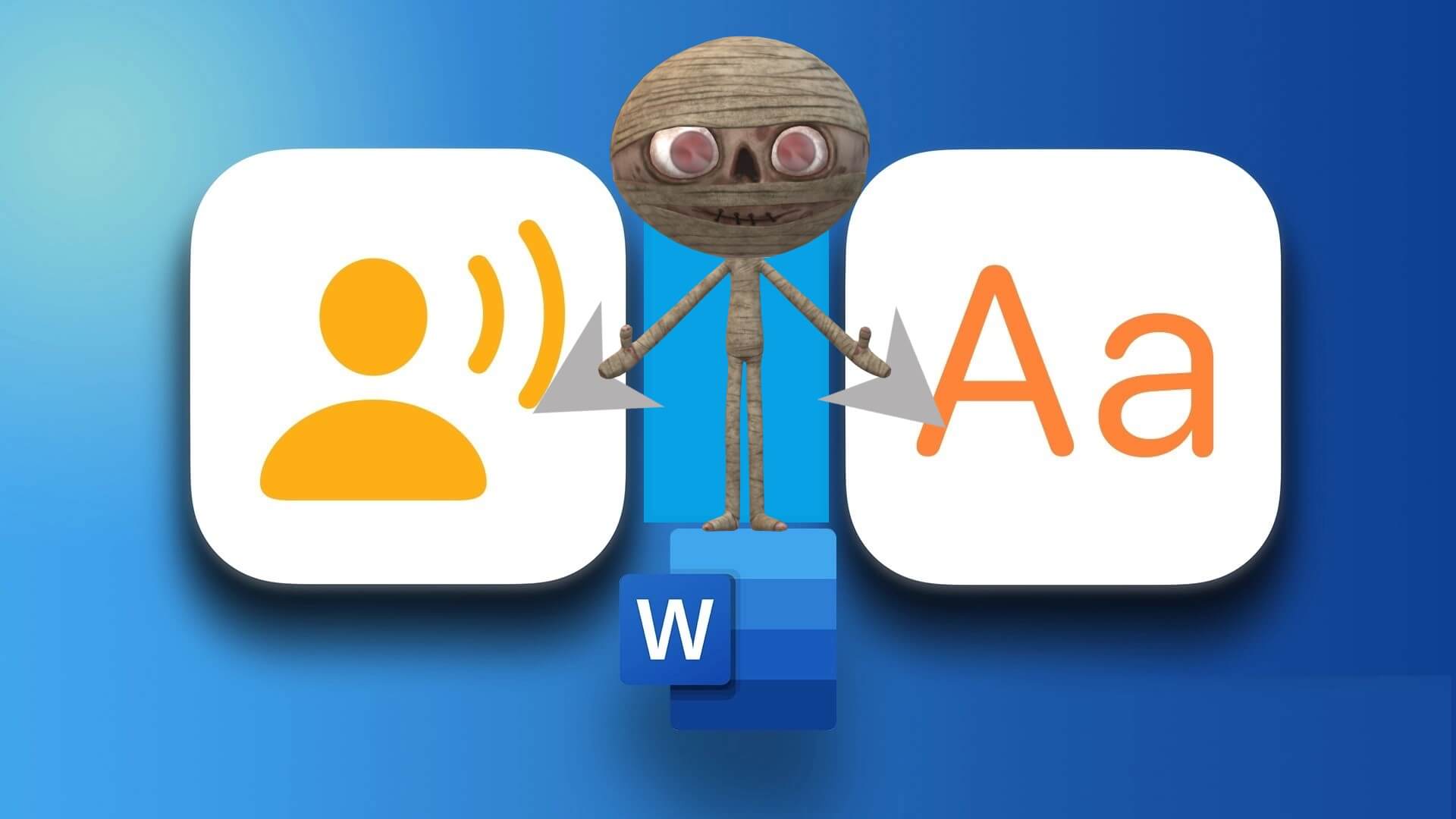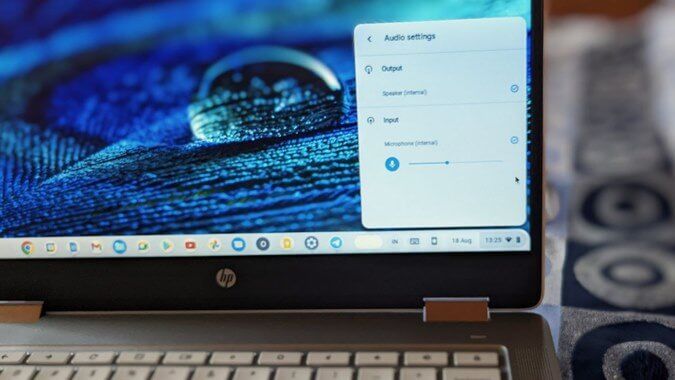Have you tried installing something, but Ubuntu It can't install it. Apt says something about "No filter to install." What does this mean, what's the source of the problem, and is it fixable? Here are some ways you can fix it.
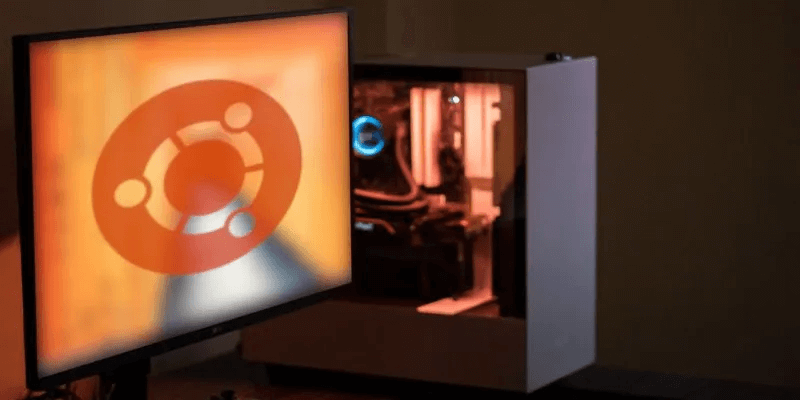
What does that mean?
If you try to install a package that Apt doesn't know how to install, it will tell you that it can't locate it. This can happen if you misspell the package name or try to install an application that isn't in the default repository.
There is also another case of missing packages: Apt can't find them in their usual location but knows they are there because another package references them.
For example, Ubuntu doesn't ship with any Docker-related packages in its repositories. However, there are a number of other packages that reference it in the default repository. This, in turn, can be a problem if you're trying to create a WordPress site using Docker on Ubuntu.
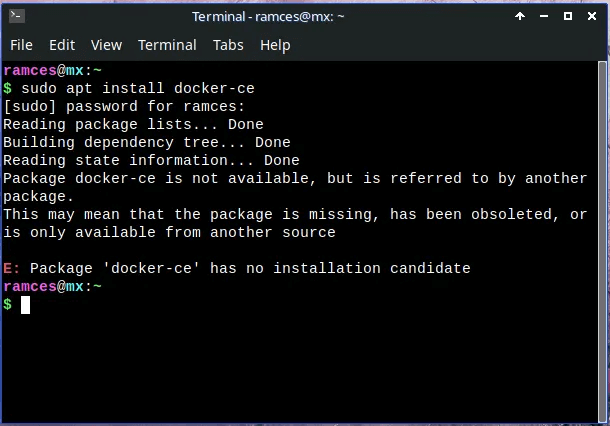
How can you fix it?
Start by checking whether the package was removed during your last update/upgrade. You don't need to track it down in encrypted logs; you just need to update and upgrade your system to the latest versions of the installed software. This will update the Apt database:
sudo apt update && sudo apt upgrade

This issue occurs because Apt does not automatically check whether your local repository is currently in sync with the upstream remote. When your device is lagging behind in updates, any selected remote links will break and result in a "No candidate for installation" error.
Once your system is updated, you can immediately install any package available in your default repository.
Add a third-party repository
If that doesn't work, you'll likely find the specific package in a repository that isn't currently listed. Simply locate it and add it to your distribution's software sources.
The internet is your friend in finding a missing repository. For example, you can copy Docker's Personal Package Archive (PPA) links from their website to include their repositories in your local Apt instance.
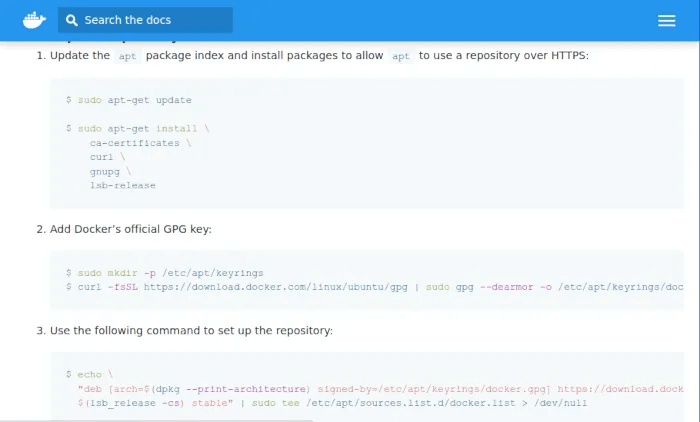
Once you have determined the location, you can add the repository to Ubuntu using the command:
sudo add-apt-repository REPOSITORY_PPA
Update your local copy of Apt to include all packages from the new repository. To do this, run the following command:
sudo apt update && sudo apt upgrade
Find a renamed package
In some rare cases, the problem isn't a missing repository but a renamed package. This can happen when a package undergoes a major revision or is merged with a different package. To check for available packages with similar names, use the command:
apt-cache search PACKAGE_NAME
Depending on what you're searching for, this could return a huge list of available programs. Here's a trick to narrow it down: Typically, package names won't have any major name changes. What might change is the version number or a secondary keyword. Fortunately, apt-cache supports Regex, so you can search for packages that start with the specified keyword.
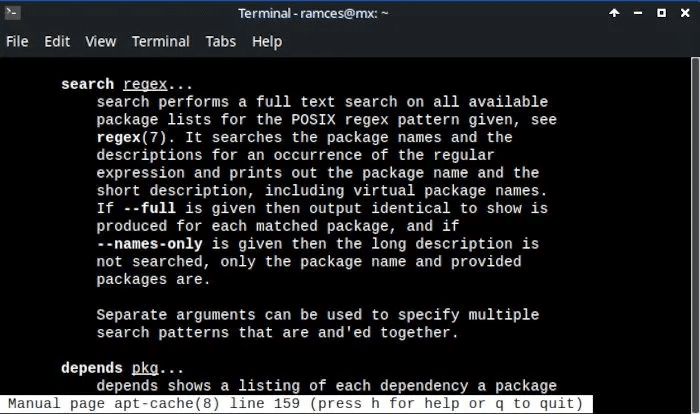
For example, suppose you entered the command above using "Firefox" as the PACKAGE_NAME. In this case, you'd see dozens of entries with the word Firefox in their names or descriptions. You could try the following instead:
apt-cache search "^PACKAGE_NAME*"
The above command will return a list of all packages whose names begin with PACKAGE_NAME. If you replace PACKAGE_NAME with Firefox, you'll see a list of all packages beginning with "Firefox." Among these, you'll likely find an alternative to what you're looking for.
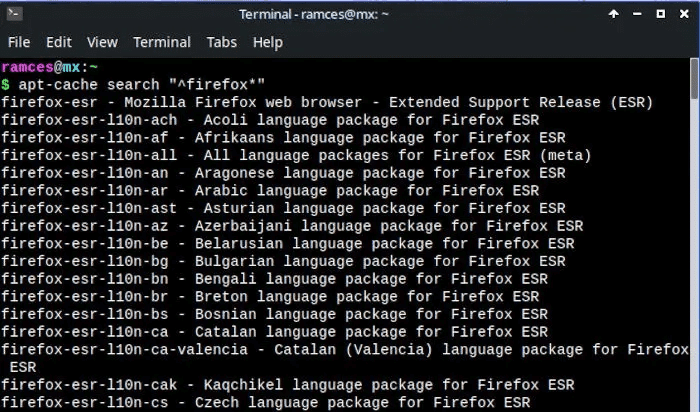
Frequently Asked Questions
Q1. Is it possible to find a list of available PPAs for Ubuntu?
answer. Yes! While there's no built-in tool to list all available software purchase agreements, Canonical allows users to upload details about their personal repositories through Launchpad. You can search for the package name or repository you're looking for. Run sudo add-apt-repository with the Launchpad link to add a specific repository to your Ubuntu system, then update Apt by running sudo apt update.
Note that since Launchpad contains user-provided repositories, you need to verify the integrity of any of its packages and repositories that you will add to your device.
Q2. Ubuntu didn't add my custom repository during the update. What am I doing wrong?
answer. This is most likely due to a missing key from the repository you're trying to add. By default, Ubuntu uses the apt key to verify every repository for specified packages, including Canonical's included repositories and any third-party PPAs from Launchpad. This doesn't apply to any repository other than Canonical and Launchpad, so you'll need to first find the official signing key for the repository you're trying to add.
Q3. I'm using Ubuntu LTS and I'm getting a "No candidate to install" error. Is my system broken?
answer. No! The "No installation candidate" error can also occur if you're trying to install a package that's only available for a newer version of Ubuntu. One way to solve this problem is to use the Ubuntu backport, a special repository where users can submit an updated version of a package and maintain it for older versions of Ubuntu. It can be useful if an upgrade is undesirable, but the latest software is required. You can install a package through backports using the "-t" option in apt followed by the Ubuntu version name and "-backports."




